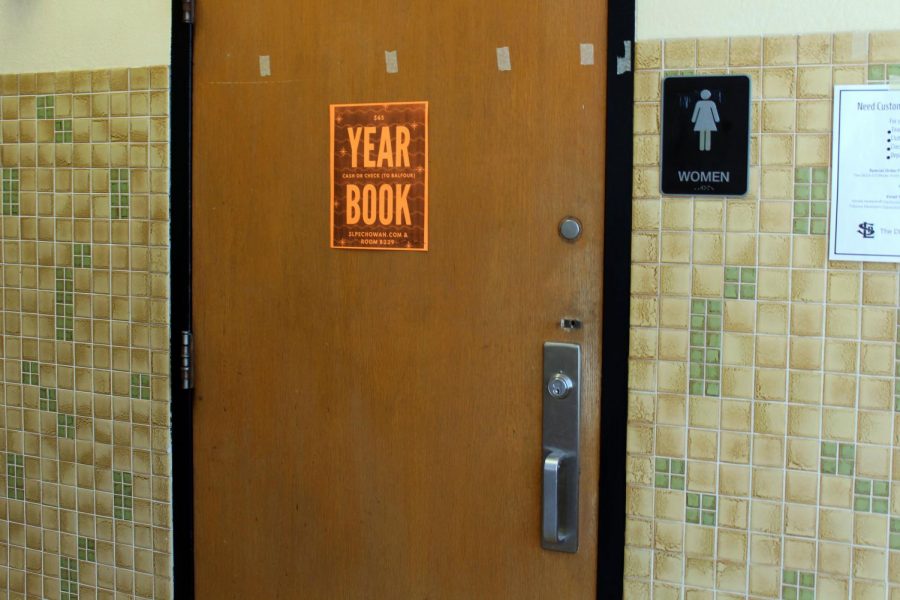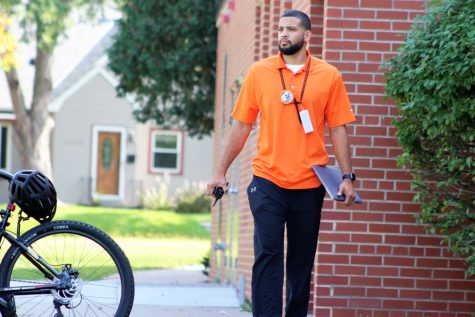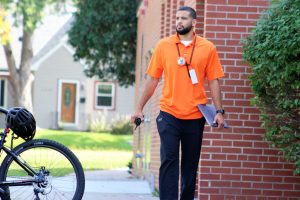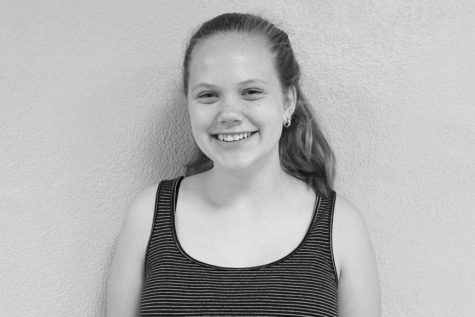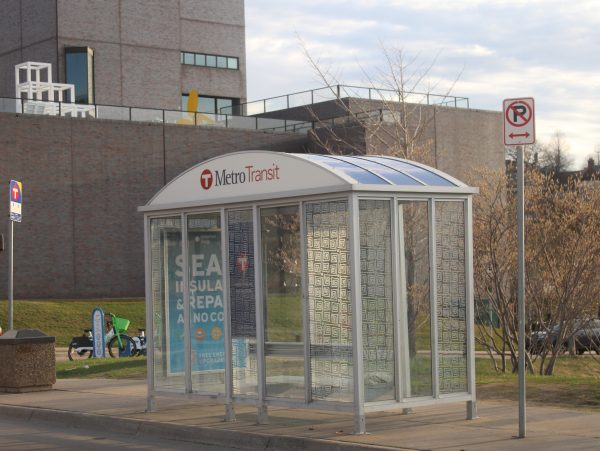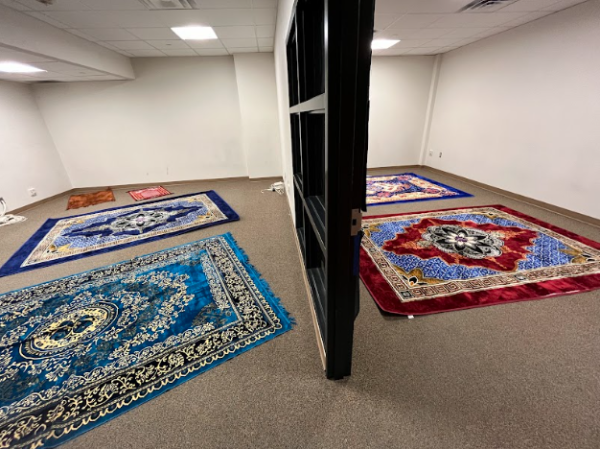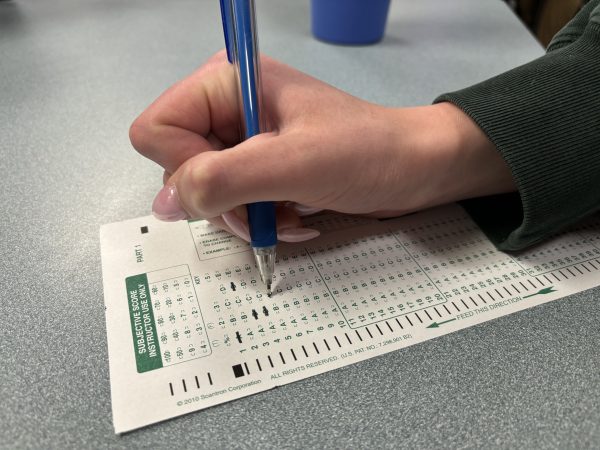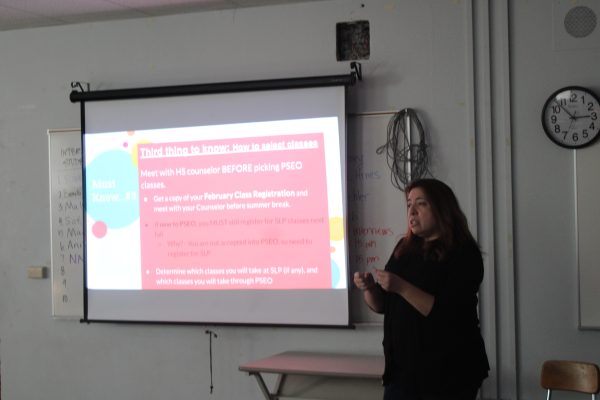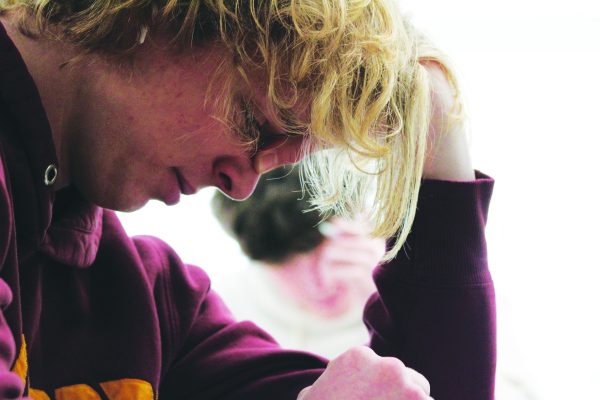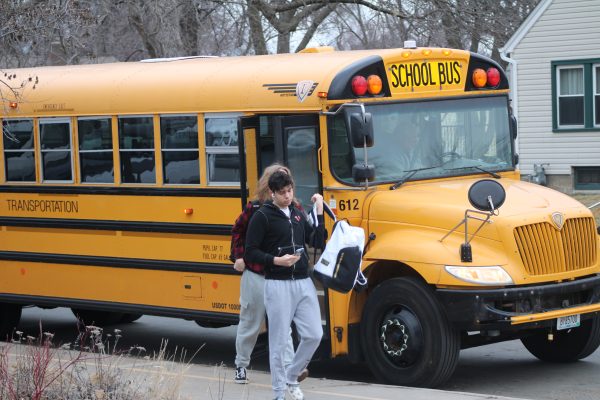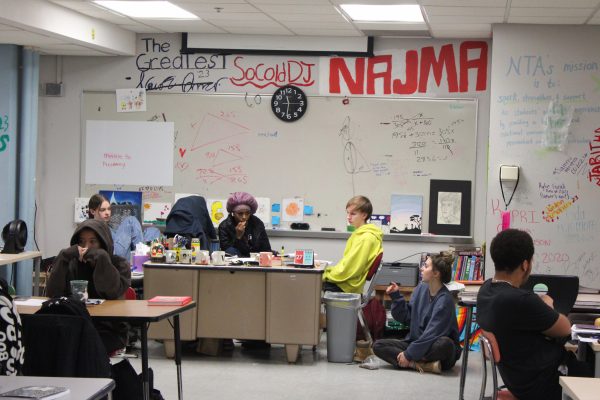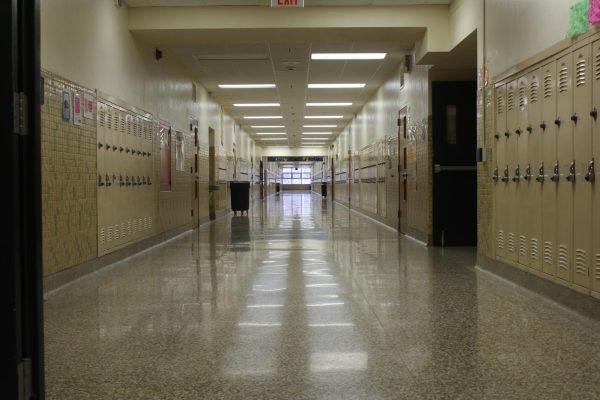New administration procedures prove successful
Practices still generate controversy for some
The A3 girls’ bathroom is one of the bathrooms available for student use in the building. The 2019-2020 school year updated bathroom practice restricts students from using the bathroom to only during passing time.
December 4, 2019
As Principal Scott Meyers reflected on the new attendance practices the administration put into place for the 2019-2020 school year, he said he’s seen positive results.
“Some of the practices that we’ve brought in seem to be improving hallway traffic, and (they) seem to be improving bathroom access during class periods,” Meyers said. “At the end of the quarter, (teachers) shared some anecdotal information. It definitely seems like bathroom damages and vandalism have reduced some.”
Meyers said the updated bathroom procedure restricting bathroom use to only during passing time is controversial, but is solving the issues it was created to address.
“I know it’s kind of a hot topic to say (the practice) improves bathroom access — people would say ‘What?’ — but last year we had issues where people would have passes that they didn’t return or we’d be missing passes in classrooms, so it seems like that is going better,” Meyers said.
Civics teacher Kara Cisco said several of her students were passionate about the updated bathroom practices, so she helped them organize a student listening session with superintendent Astein Osei.
“Inspired by this student listening session this one class put together with Osei, I had one group decide they were going to do a project for civics about that practice,” Cisco said. “(The group) found students were drinking less water, which was really concerning to them. They interviewed a urologist and a couple of nurses on the impact less water has on the body and the impact of ‘holding it.’”
According to Cisco, her class challenged the idea that the bathroom practices were the only method to solve student attendance issues.
“There was another avenue that we went on in that discussion that we had with the superintendent that lead to (a topic) I thought was really fascinating about engagement in class,” Cisco said. “(We talked about) some other reasons students might not be going to or leaving class that lead to the bathroom (practice) in the first place.”
Meyers said the administration is working on collecting specific data on how the new practices are affecting school-wide class attendance.
“We changed some practices and procedures. We’re getting to the data collection portion so we don’t know exactly (how they’ve impacted attendance),” Meyers said. “There is a group right now trying to collect the statistics to see what that looks like and if there’s a comparison between the two.”



